In the early 1960s Martin Litton, a travel editor for Sunset magazine, came to the McKenzie River in Oregon to write a story. When he got there, he saw wooden drift boats on the water; they would change his profession, his life, and river running on the Colorado River in the Grand Canyon forever.Martin and Pat Riley, his partner on trips in the 1950s, were planning to run the Colorado River through the Grand Canyon in 1962 before the Glen Canyon Dam opened the following year. They needed new boats because the cataract boats they had used on previous trips were at the bottom of the Colorado River. They had been patched so many times they were literally falling apart at the seams—so, midway through a descent through the Grand Canyon in ’59, Pat scuttled them at Pipe Creek and his group hiked out of the canyon on foot.The fiberglass cataract boats Martin and Pat used on the Colorado then were built to a design first developed for plywood construction by Norm Nevils, a river-runner of the ’30s and ’40s, for running the cataracts—whitewater—of Utah’s San Juan River. They had a low profile with vertical sides and a slight rocker, and held only one or two passengers. They sliced through waves, rather than riding over them which was hard on the boats and made for a wet and often unstable ride.
Stay On Course

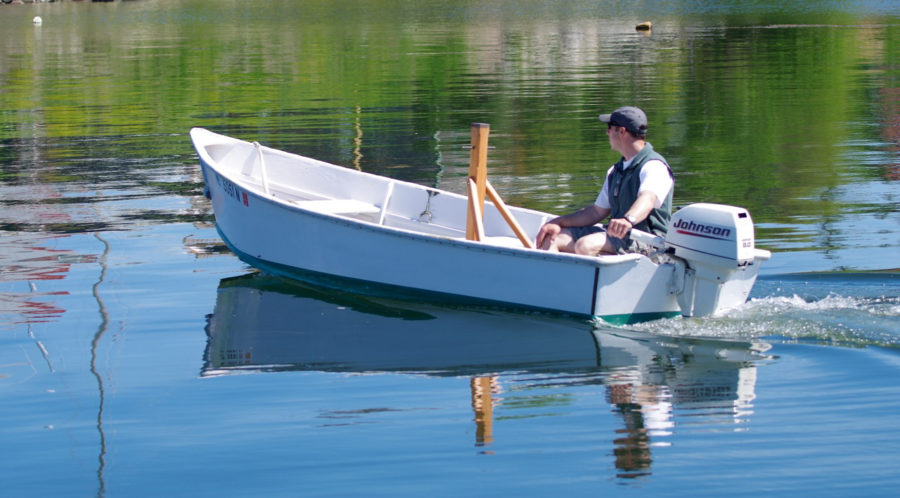
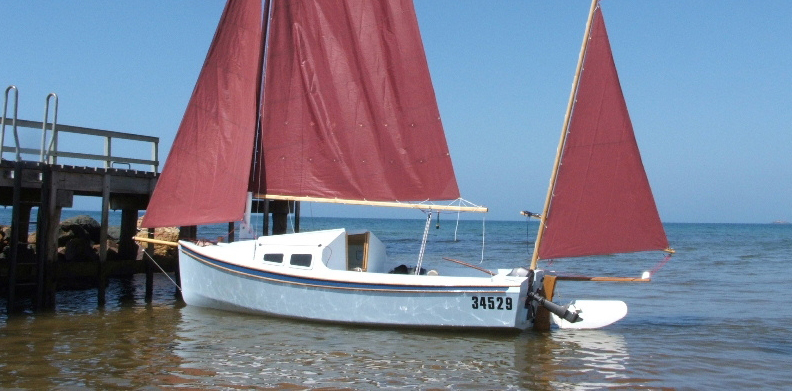
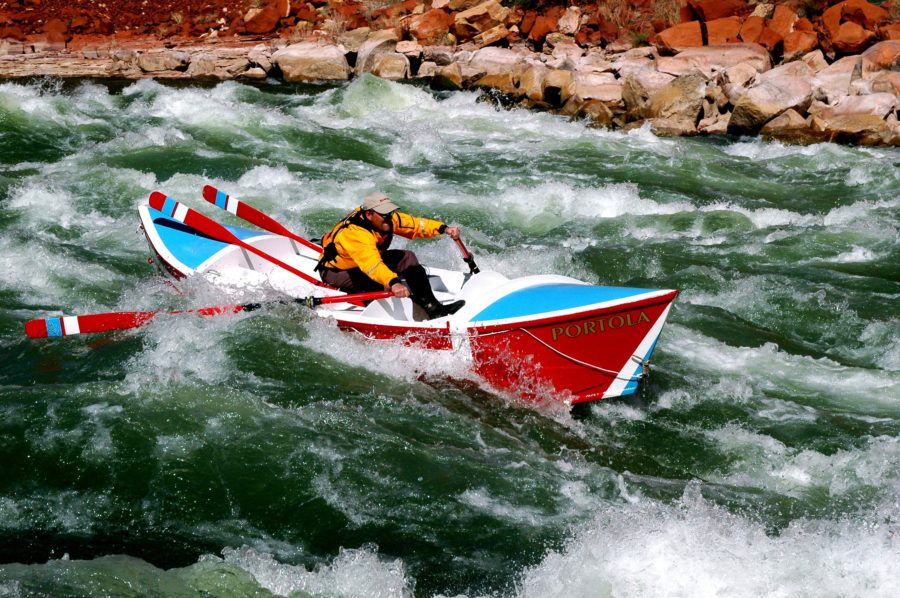
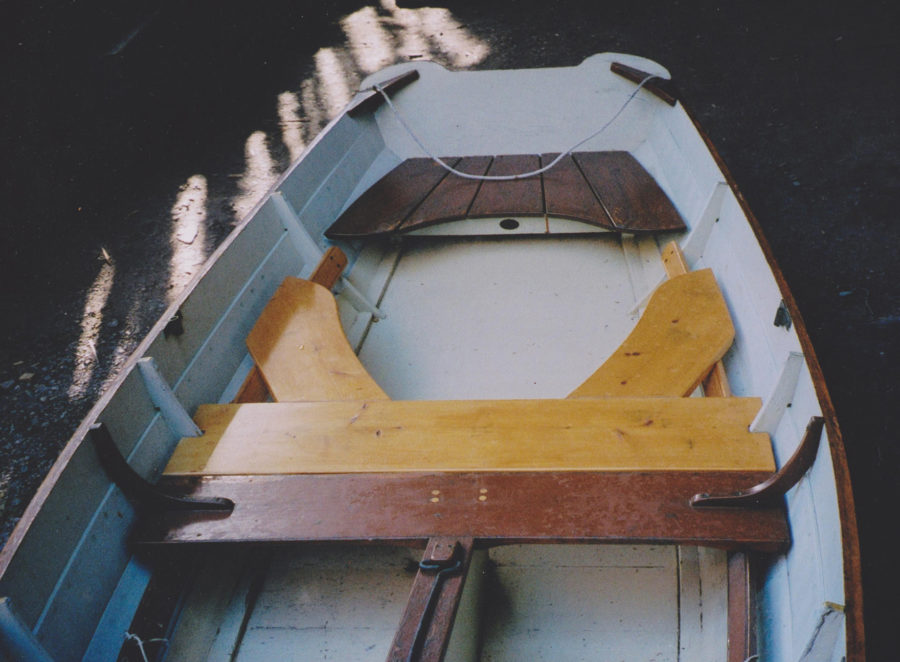
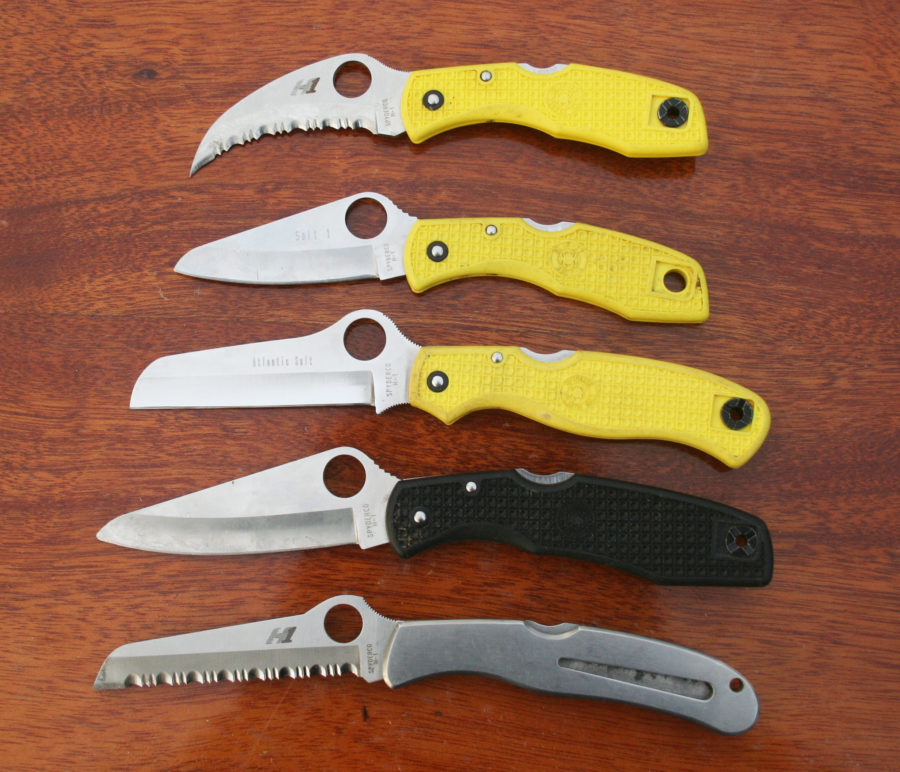
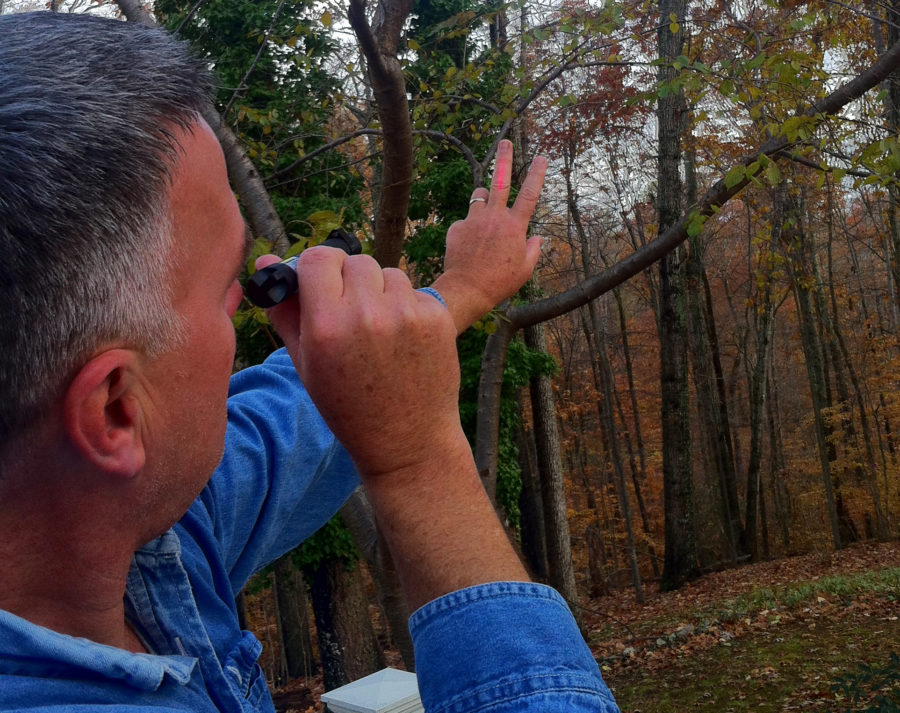
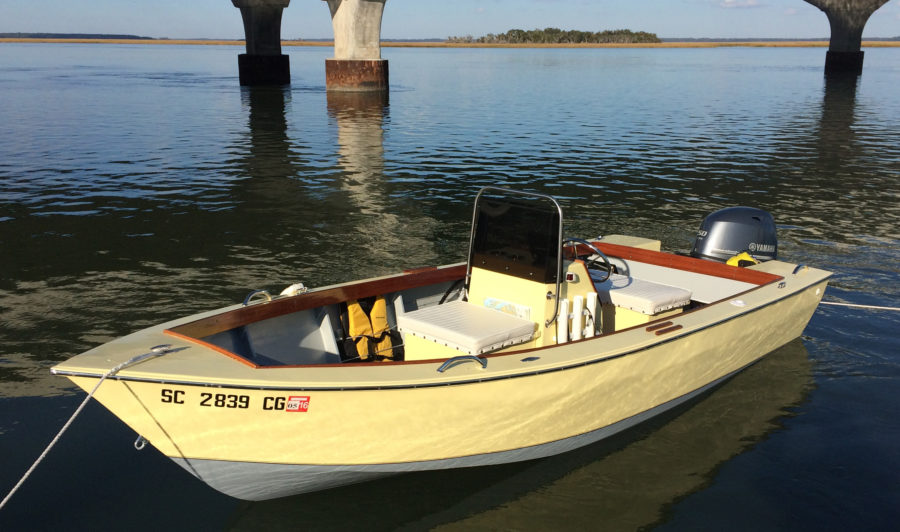
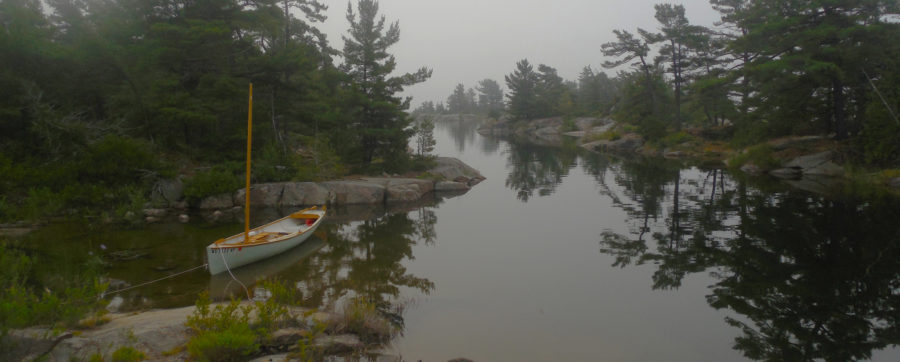
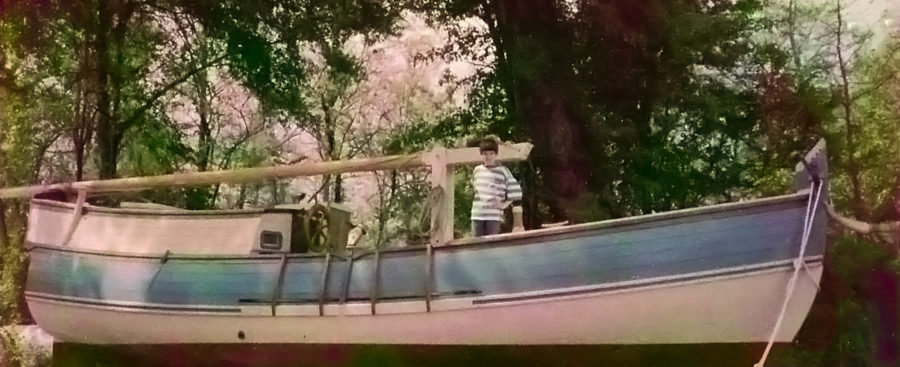

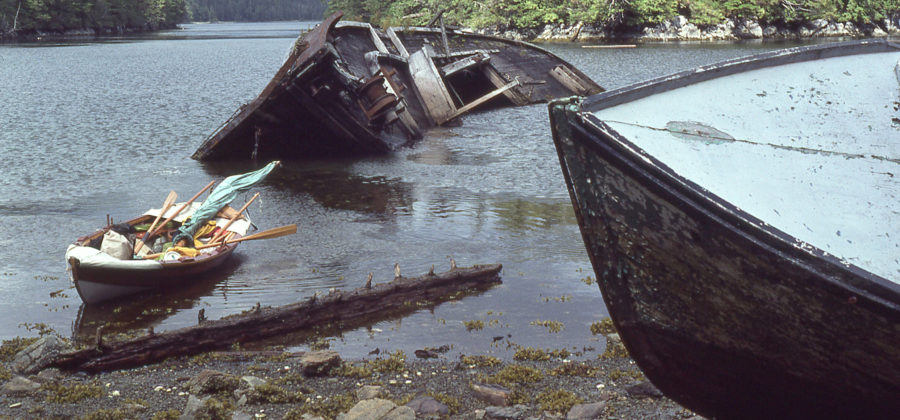
Join The Conversation
We welcome your comments about this article. If you’d like to include a photo or a video with your comment, please email the file or link.